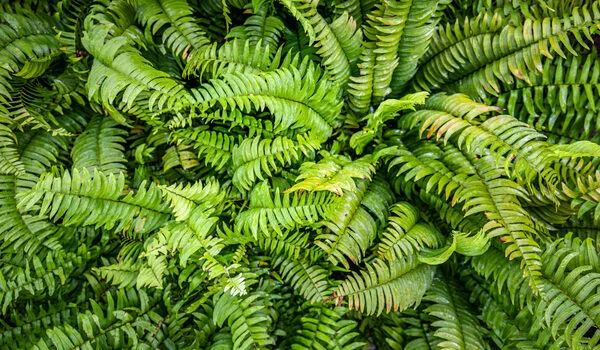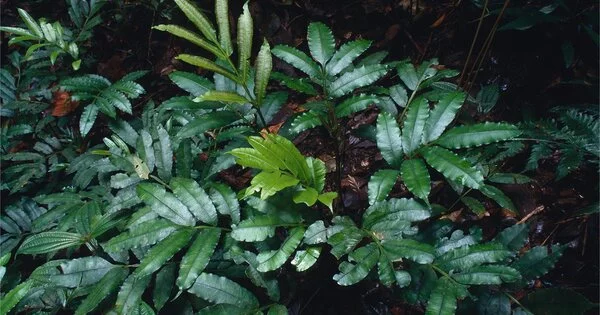Seven new fern species from tropical America’s rainforests have been described by researchers from the University of Turku. Many of the species were discovered as a result of ecological research: the richness of species in tropical forests is still so unknown that field excursions and herbarium work continue to unearth previously unknown species.
Researchers from the University of Turku’s Amazon research team have a long history of identifying previously unknown species. They have now described seven new tropical fern species, six from the genus Danaea and one from the genus Dennstaedtia.
“The described species are no tiny or unnoticeable creatures. They range from 20cm to 2m tall, and some of them are very common locally,” says Doctoral Researcher Janina Keskiniva.
Among the six Danaea species described by the researchers, one drew Professor Hanna Tuomisto’s notice in 1998 by producing dense stands that extended for miles in a little-known area of Colombian Amazonian lowland forest, where Tuomisto was performing field study at the time.
“Because there are few humans in the area and the woodlands are mostly intact, the new species appears to be doing well. In contrast, another of the new species is already on the verge of extinction due to rapid deforestation in Colombia’s coastal jungles” Tuomisto explains.
Our long-term goal has been to learn more about Amazonian rainforest biodiversity. We are particularly interested in the mechanisms that decide which species grow where and why, as well as the forces that drive the development of new species.
Janina Keskiniva
Field trips to new areas often uncover new species
The species richness of tropical rainforests is still poorly known. According to the researchers, every field trip to a new area has a high chance of finding something new.
“Understanding how to identify different species and where they develop is critical for ecological and other study. Information is also required for determining conservation priorities, as the long-term existence of species is dependent on the preservation of their natural habitats. It is critical to protect areas with special habitats and unique species to prevent biodiversity loss” Tuomisto explains.
When researchers gather plant specimens and keep them in herbaria, they frequently believe that the specimens represent one of the already known species. A proper comparison of the specimens may indicate that there are new species lurking in plain sight in the existing collections.
“Most of the specimens we used to describe the new Danaea species were collected decades ago, some already in the 1800’s. For all these years, the specimens have been curated in different herbaria. Now we could combine all that accumulated information from the herbaria with fresh insights from field studies made by us and our colleagues,” says Keskiniva.

Gabriela Zuquim, a researcher at the University of Turku – Finland, collected the fern specimen that led the description of the new Dennstaedtia species 15 years ago. “I was photographing ferns in the forest for a field guide. It was approaching dark, so I was walking back to camp when I noticed a strange fern. I’d never seen anything like it before, so I went out of my way to get it “Zuquim recalls.
Together with the Brazilian researchers Tio Pena and Pedro Schawrtsburd, who are sorting out the species limits and species names in this fern genus, she has now described the species as new to science.
“The place where I collected this species has very different soils than most central Amazonian forests, so I am sure many more discoveries can be made there,” Zuquim adds. Different soil conditions create a mosaic of habitats in Amazonia, which has a big impact on how species establish and evolve.
“Our long-term goal has been to learn more about Amazonian rainforest biodiversity. We are particularly interested in the mechanisms that decide which species grow where and why, as well as the forces that drive the development of new species. I was initially uninterested in describing new species, but I quickly realized that it is impossible to speak about ecology and evolution if the species under investigation do not have names” Tuomisto adds
Amazonia is the world’s biggest tropical forest area, and it is home to a significant portion of the world’s biodiversity. It also stores massive amounts of carbon and influences regional and global rainfall and temperature trends. As a result, preserving Amazonian biodiversity is critical for global well-being.





